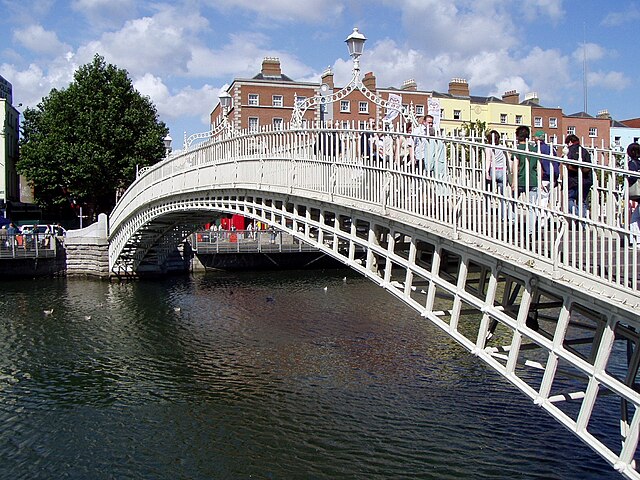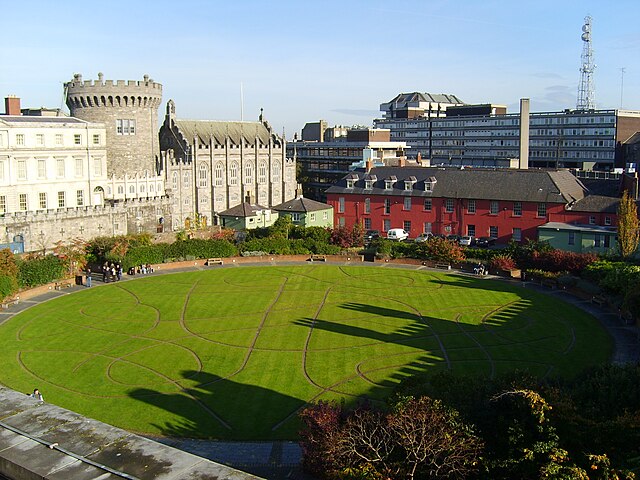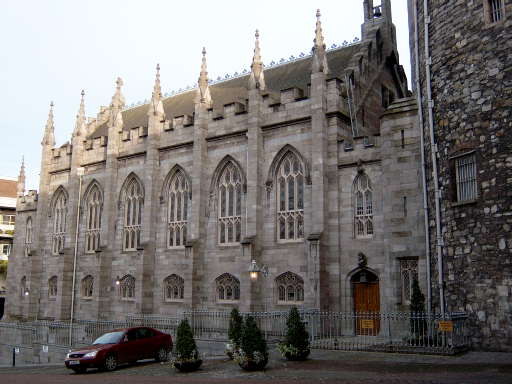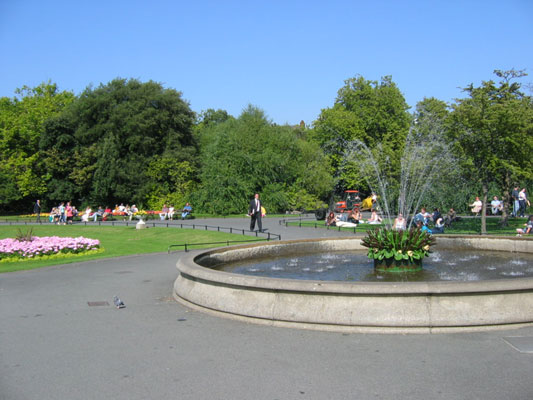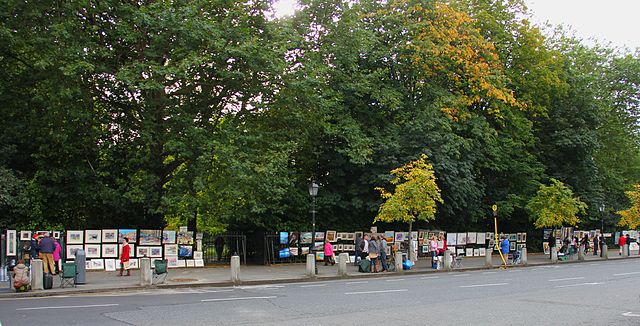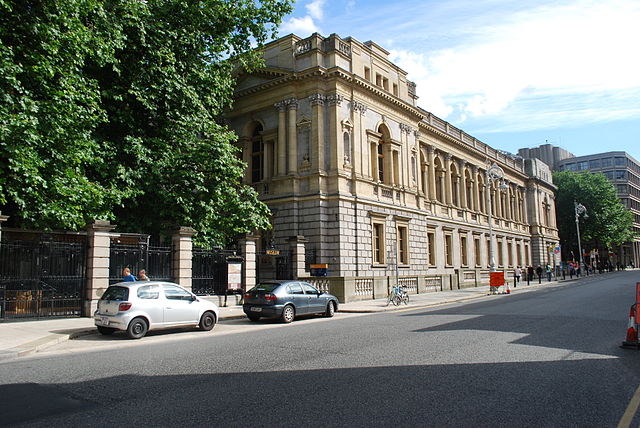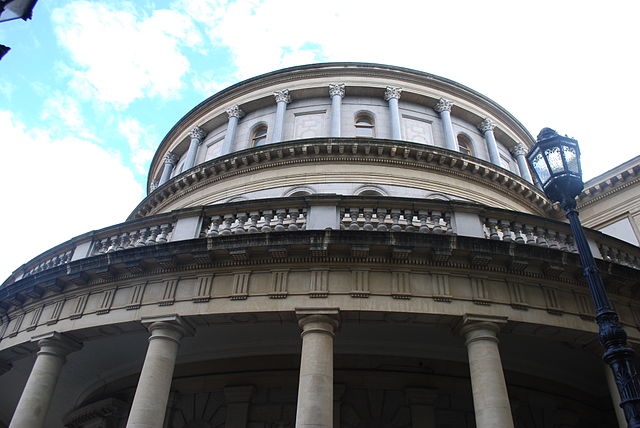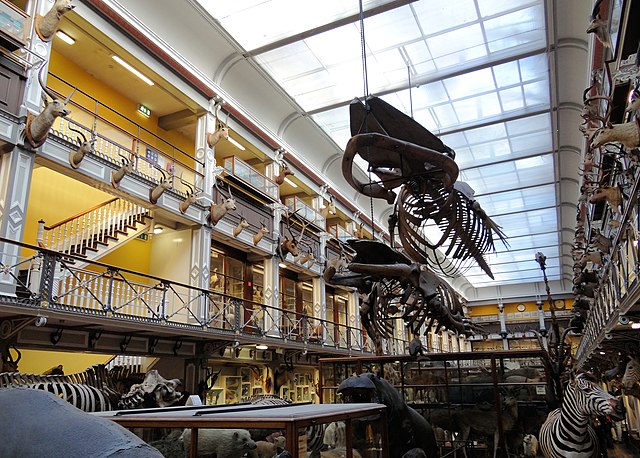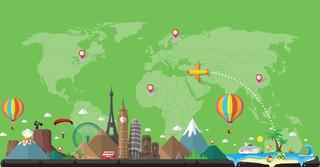Founded as a Viking settlement centuries ago, today Dublin is the capital and largest city of Ireland. About one third of the country's population live in or near the city. Filled with a rich history and culture, Dublin is looking ahead to a bright future.
Dublin
It was founded in 1592, modelled after the collegiate universities of Oxford and of Cambridge. Today it retains a tranquil collegiate atmosphere despite its being one of the most significant tourist attractions in the city. It is located nearby metro station Tara Street.
Most of the Castle dates from the 18th century, though a castle has stood on the site since the days of King John, the first Lord of Ireland. For 700 years the Castle served as the seat of English, then later British government of Ireland under the Lordship of Ireland, the Kingdom of Ireland, and the United Kingdom of Great Britain and Ireland. Today the building is also used for State dinners and most significantly, the inauguration of the presidents of Ireland.
Christ Church is officially claimed as the seat of both the Church of Ireland and Roman Catholic archbishops of Dublin. For most of their common history, both Christ Church and St Patrick's held the status of cathedral for the Dublin diocese, a rare arrangement which only ended following the move to disestablish the Church of Ireland.
Dublin
The Archaeology Museum is part of the National Museum of Ireland which has a strong emphasis on Irish art, culture and natural history and holds almost 4 million items. The other two branches in Dublin include the Decorative Arts and History and Natural History Museum.
The building is a ‘cabinet-style’ museum designed to showcase a wide-ranging and comprehensive zoological collection, and has changed little in over a century. Often described as a ‘museum of a museum’, its 10,000 exhibits provide a glimpse of the natural world that has delighted generations of visitors since the doors opened in 1857.












